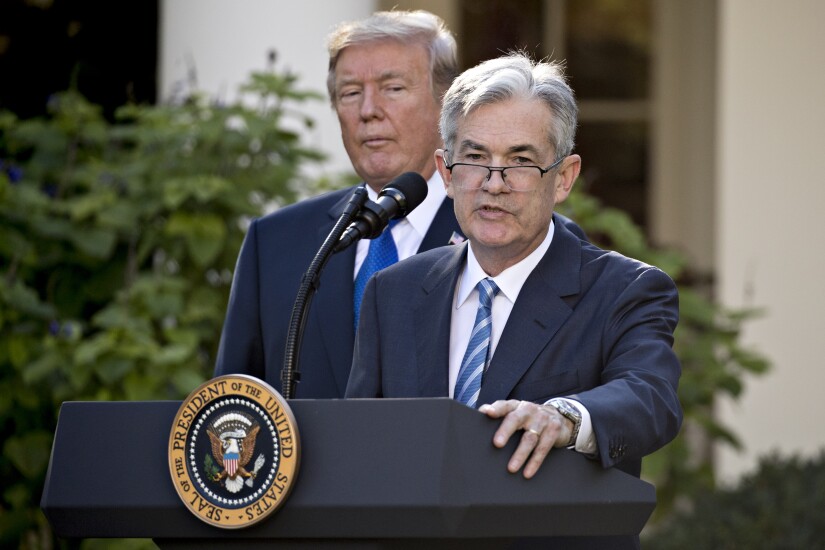WASHINGTON — As Janet Yellen steps down as chair of the Federal Reserve Board, she leaves behind important accomplishments and critical changes to the central bank, but the ultimate impact of her tenure is hard to predict.
Friday is Yellen's last business day as head of the Fed. One notable aspect of her time as chair is that it has been so short. She was only sworn in as Fed chair in February 2014 and is the only Fed chair not to have been reappointed since G. William Miller left the post in 1979. But her time atop the central bank has been eventful nonetheless.
Aside from being a trailblazer as the first woman to run the Fed, she inherited an entirely new and developing regulatory regime over large banks and nonbanks, guiding the agency in what were still early days of the post-crisis and post-Dodd-Frank Act period. She also inherited an economic landscape that was tenuously recovering from the downturn, and delicately steered it toward normalization in what were sometimes choppy macroeconomic conditions.
She set a course for the Federal Reserve to draw down its balance sheet after its historic experiment in quantitative easing, and in the process is leaving her successor, Fed Gov. Jerome Powell, with an even stronger economy than the one she inherited four years ago.
But regulatory questions still loom large upon her departure, particularly dealing with the right calibration of capital requirements for stress tests. There are also macroeconomic problems that she was unable to solve. Some observers say her approach to balance-sheet normalization has been too timid, while others say she did not take the implications of rising economic inequality as seriously as she should have.
What is Janet Yellen’s legacy? It is too early to say, and it depends on whom you ask. But here are some things that will certainly stand out.












